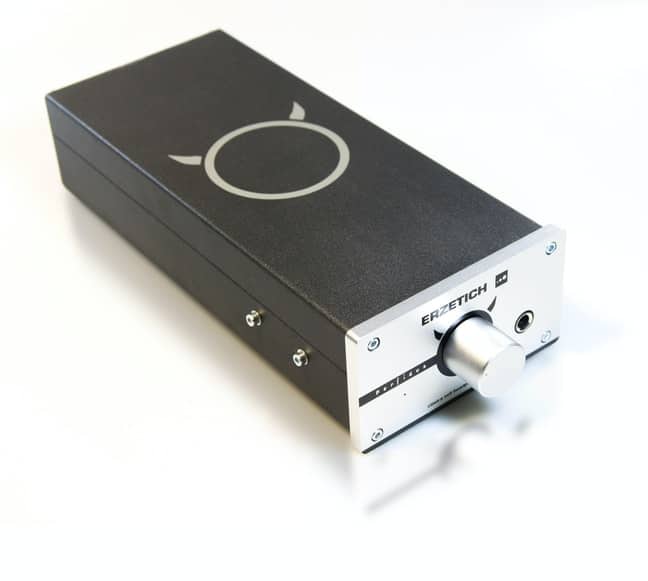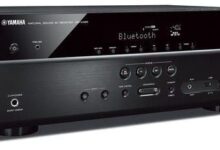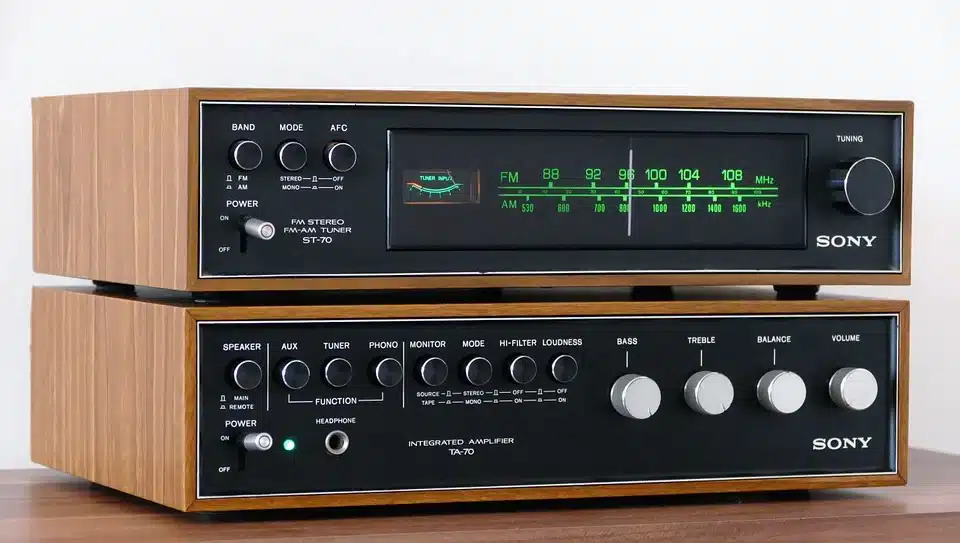Looking up the internet to understand how RF amplifiers work? Well, there are not too different from other types of amplifiers – let’s say voltage amps and power amps – but, of course, they work differently, and are used on specific devices.
Generally, as you may already know, the essence of introducing amps to an electrical board is to boost the wave signals that come into the board.
Need for sound waves to be amplified so they can get picked by other audio/sound processing components on the board or even output devices.
This article explains everything you need to know about RF amplifiers and their applications.
Table of Contents
What Are RF Amplifiers
Also called RF Power Amplifiers, RF amplifiers boost low-power radio-frequency signals to higher power signals.
This type of amplifier does not need too many distortions from the source; the more distorted the sound waves, the less clear the sound you’d hear.

Practically, RF amplifiers are what are used to drive transmitter antennas.
When building an RF amplifier, the manufacturer typically considers these factors: gain, bandwidth, power output, power efficiency, linearity, heat dissipation, and input/output impedance matching.
Mainly, this type of amplifier is used for driving transmitting antennas. RF power amps are also used to excite microwave cavity resonators.
You may also find LDMOS-based RF power amplifiers used in digital mobile networks like 2G and 3G.
How RF Amplifiers work?
Now, to the main thing, how does an RF amplifier work? Voltage amps pick low-power signals and amplify them for the power amps, which stabilizes the signals for the connected output devices. So, what about RF amplifiers?
RF amplifiers perform three basic functions, which are gain, buffer, and driver.
Well, you can find a single RF amplifier that does the three functions altogether. “Gain” RF amps are used to boost signal levels – adding minimal noise or distortion.
Coming to “Buffer” RF amps, they are used to maintain the shape and amplitude of signals or circuit functions, regardless of load changes.
Also, in some connections, you’d notice that a buffer RF amplifier is introduced to match the circuit’s output impedance to maximize power transfer.
“Driver” RF amplifiers tend to drive low-impedance loads by sourcing and sinking sufficient current at the operating frequency.
Furthermore, RF Amplifiers are further categorized by their usage, which leaves us with the following types of RF amps:
- Broadband Amplifiers: This type of RF amplifier have a flat response on various frequencies.
- Low-Noise Amplifiers (LNAs): You’d find these RF amplifiers on communication systems. They work to boos (“Amplify”) weak network signals transmitted via an antenna.
- RF Power Amplifiers: These amplifiers convert low-power radio frequency signals into higher signals to drive transmitters’ antennas.
- RF & Microwave Amplifiers: As the name connote, this type of RF amplifier is designed to handle high-power amplification at low microwave frequencies.
- Solid-State Microwave Amplifiers: These RF amplifiers are for circuits with extensive bandwidth and high gain.
So, in order not to get you confused, RF amplifiers are introduced to amplify low signals from an antenna source to control or drive a connected device.
Most times, antenna signals are too poor and can’t be used in their original form; an RF amplifier will pick up these signals and “amplify” them so they can be picked by the device; it does this by allowing the signals to “tune” over different input frequencies as selected by the operator.
In other words, RF amplifiers are “tuned amplifiers” because they allow input signals to control the output signals via “tuning.”
More so, RF amplifiers make use of frequency-determining networks to convert input signals into output signals that respond to the particular frequencies selected timely.
Note: RF amplifiers aren’t used for frequency bands between 10kHz and 100,000MHz.
RF Amp Devices
Triode is the primary device for signal enhancement RF amplifiers. A diode may be used, but must include a control grid; the grid affects electric charge flows.
Modern RF amplifiers feature-complete circuit boards, which makes them deliver maximum signal strength with very minimal distortions.
If you were trying to know the devices where RF amps are used, they are used in radio towers, custom-built communication devices, walkie-talkies, cell phones, and cell phone towers. They offer several advantages, discussed below.
Advantages Of RF Amplifiers
The following are aspects where RF amplifiers seem to be better than other alternative types of amplifiers you may want to consider.
- RF amplifiers offer higher gains (stronger sensitivity)
- They allow you to select one out of all multiple input signals transmitted to the RF receiver.
- RF amplifiers boost weak signals, increasing their amplitude while maintaining a good Signal to Noise Ratio.
These are the core areas where RF amplifiers prove to be advantageous. Well, they have disadvantages too. RF amps tend to consume more power – more than other RF components.
Anything Else To Know?
This article has explained pretty much about RF amplifiers, the various common types, and how they function. The truth is, RF amps are quite different from power amplifiers and voltage amps, but generally, they work for boosting signals received into a circuit board.
Of course, they are used in different applications where they are believed to be more suitable, and they offer a couple of advantages.
This is not academic research or study – this article is basically for information purposes. To highlight and explain RF amplifiers in a basic way that provides clearer hints to how they work.




